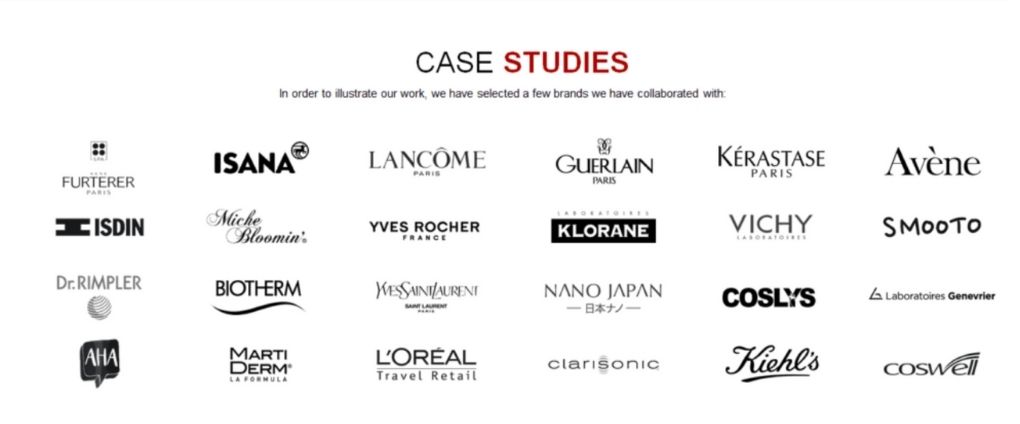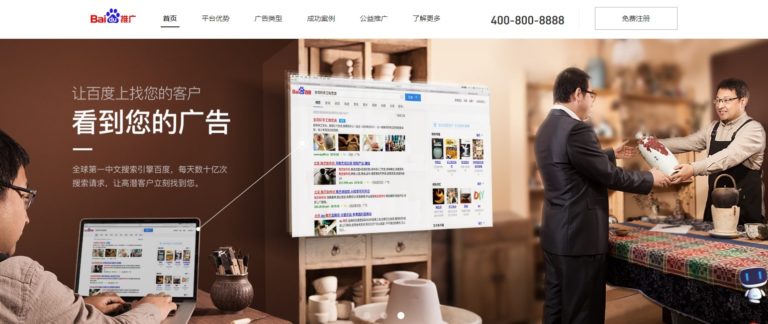Online Advertising in China: Top Advertising Platforms

With more than 989 million internet users and growing, Chinese consumers are now spending increasing amounts of their time and money on digital channels. The adoption of e-commerce platforms, short video apps, news websites, microblogging sites like Sina Weibo, and multifunctional platforms like WeChat has created numerous opportunities for advertisers looking to tap into this market.
In this blog post, we will explore the world of online advertising in China – its challenges and opportunities for foreign brands to expand their reach while highlighting best practices that could help you succeed in your next campaign. So keep reading!
Cost-Effective Agency
KPI and Results focused. We are the most visible Marketing Agency for China. Not because of huge spending but because of our SMART Strategies. Let us help you with: E-Commerce, Search Engine Optimization, Advertising, Weibo, WeChat, WeChat Store & PR.
Where can you find ads on the Chinese Internet?
In today’s rapidly growing digital landscape, it is crucial to be familiar with the top online advertising mediums used in China. E-commerce platforms lead the pack when it comes to capturing ad spend, and understandably so – a staggering 76% of media ad spends in China are dedicated to internet advertising. This massive shift towards digital has allowed online ads to surpass traditional media, making up around 70% of all advertising in the country.
Chinese social media platforms also play a pivotal role in this booming industry, though they have different user habits and effective advertising strategies compared to their Western counterparts. This creates an unparalleled opportunity for advertisers seeking targeted exposure by tapping into users’ daily routines.
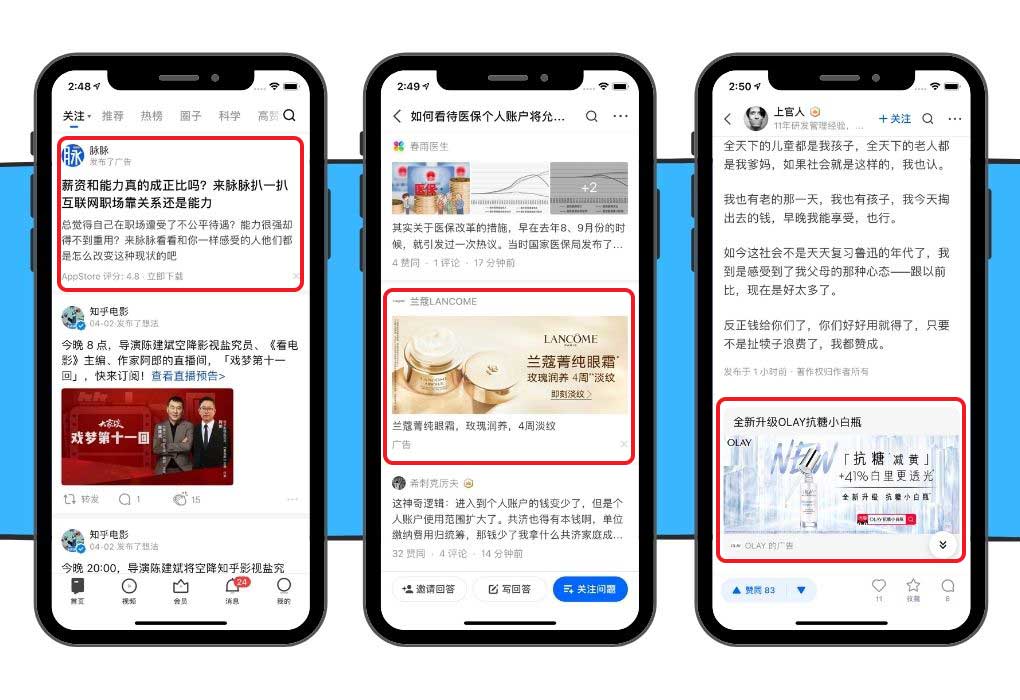
Ads can be also found in Baidu, the most popular Chinese search engine, and its subplatforms, like online forums, Q&A websites, apps, and more, just like in the West.
Top platforms for online advertising in China
The top platforms for online advertising in China include popular e-commerce sites like Taobao, Tmall, and JD.com, short video platforms such as Douyin (TikTok) and Kuaishou, news websites like Tencent News and Sina News, Weibo, the multifunctional app WeChat, Baidu as the leading search engine for advertising opportunities, and programmatic advertising platforms which have an important role in China’s digital advertising ecosystem.
E-commerce platforms that are commonly used for online advertising
Alibaba is one of the most significant e-commerce giants in China, owning top online retail companies like Tmall and Taobao. Alibaba’s online payment platform, Alipay, can also be used for online advertising in China. With its vast customer base and strong network of sellers, advertisers who use Taobao or Tmall as their sales channel can target specific audiences based on user behavior data.
Another popular e-commerce platform that advertisers should consider when promoting their products or services in China is JD.com. JD.com’s audience segmentation allows targeting by occupation or interests with over 300 million registered users to date.
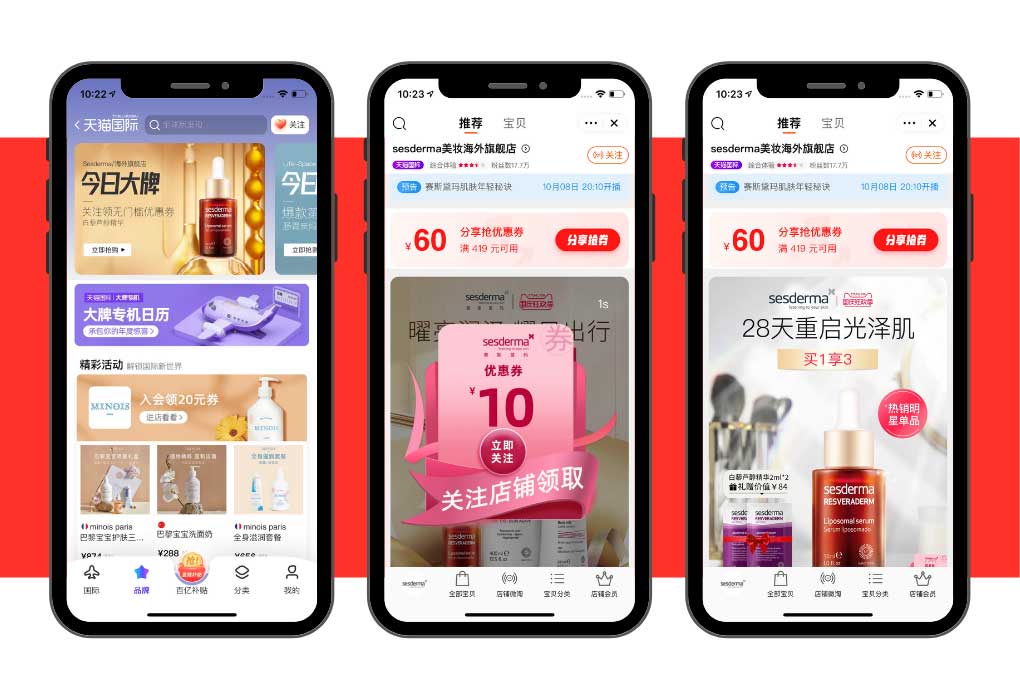
Popular short video platforms for advertising campaigns
Platforms like Douyin (TikTok), Kuaishou, and Bilibili offer opportunities for brands to create engaging and shareable content that can increase brand awareness and engagement.
These short video platforms are particularly effective because they have massive user bases of young people who are highly engaged with the platform’s content. Brands can also work with key opinion leaders (KOLs) or social media influencers on these platforms to promote their products to a wider audience. For example, a beauty brand might collaborate with a makeup artist influencer on Douyin to showcase its latest products through creative makeup tutorials that capture the attention of a large audience.
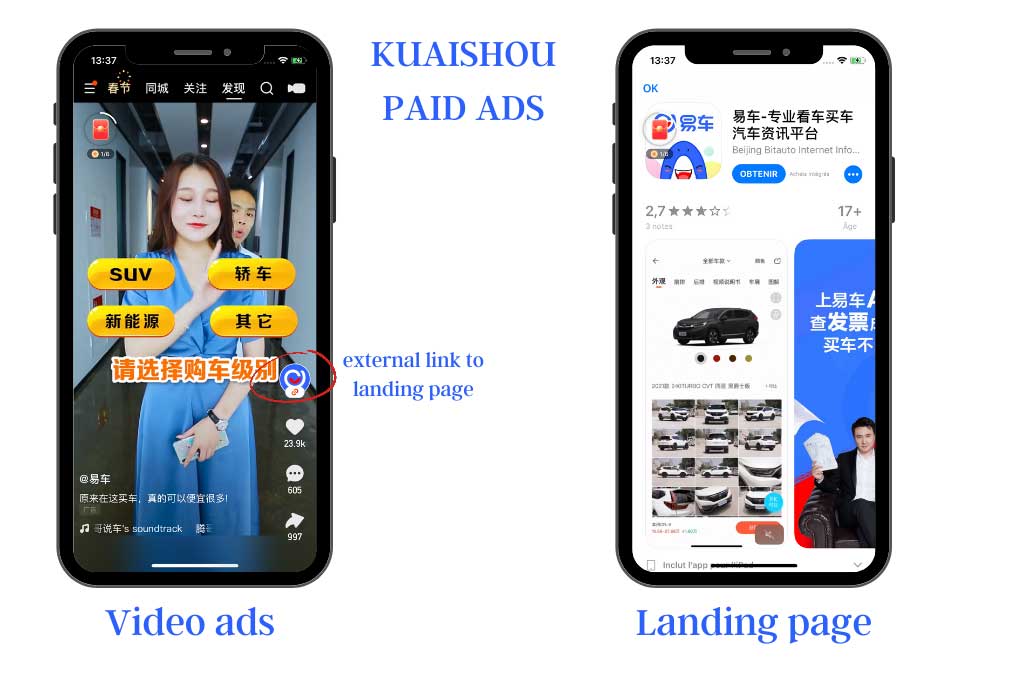
News websites that attract advertising interest
In China, popular news websites such as Sina News and Tencent News are widely used for digital advertising. These platforms attract millions of daily active users who consume current affairs and other engaging content. Advertisers can take advantage of this by placing ads that align with the website’s niche and appeal to their audiences’ interests.
It’s worth noting that on these platforms, native ads – ad units integrated within editorial content – work better than banners than display ads since they appear more natural to readers. Brands can also leverage social media influencers featured on these sites (with their consent) to tap into an already engaged audience segment for greater impact.

Advertising on Weibo
With over 445 million monthly active users, Weibo provides an excellent opportunity to reach out to Chinese consumers. Similar to Twitter, Weibo allows users to post short messages or “tweets” that can include links and multimedia content. As a result, it has become one of the top platforms for online advertising in China.

Weibo offers different options for brand promotion such as influencer campaigns and paid ads. Brands can place banners or native ads within users’ feeds. It’s important to note that visual aesthetics are highly valued by Chinese consumers; therefore ad design should be visually engaging and culturally relevant.
WeChat as a multifunctional platform for advertising
WeChat has become one of the most essential platforms for advertising in China due to its massive user base and features. Through WeChat Official Accounts, Mini Programs, and advertisements, businesses can promote products or services efficiently while creating brand awareness among their target audience.
WeChat allows for Moment ads, which are often one of the most successful advertising campaigns, as they are easily visible and shareable among WeChat users. Another popular and less expensive type of ads on Wechat is banner ads that redirect Chinese customers from one WeChat official account to another. Apart from those, when it comes to mobile advertising, there is also an option to advertise through mini-programs, a fairly new choice in the Chinese advertising market.
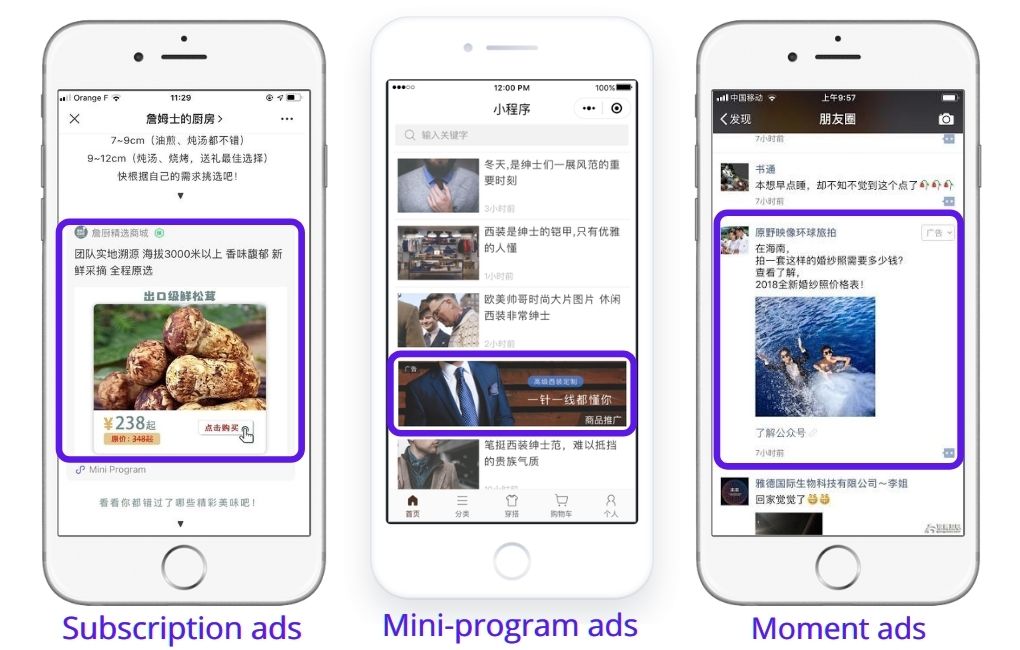
Advertising on Baidu and its platforms
If you’re looking to advertise online in China, Baidu is the search engine for you. It is the most popular search engine in China and holds a 70% market share in the search engine market. This makes it an essential platform that cannot be ignored for entering or succeeding in the Chinese market.
Baidu has about 320 million users advertising on its platform, making it one of the most lucrative channels available to reach your target audience effectively. With opportunities for businesses to advertise with PPC (Pay-Per-Click) advertising campaigns, Baidu can help customers find what they are looking for while driving quality traffic back to your site.
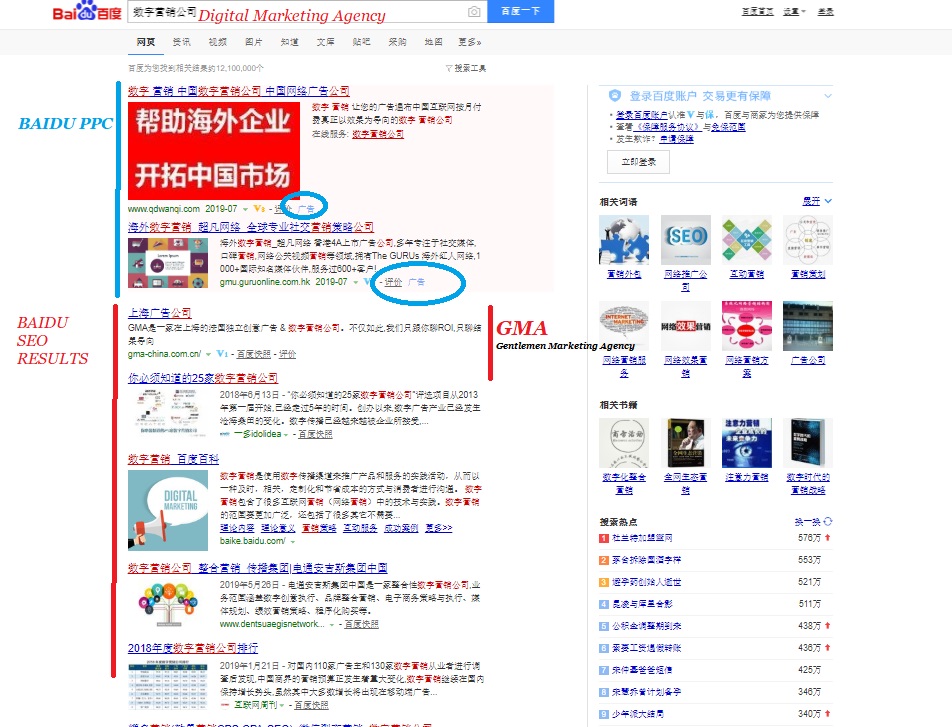
By conducting proper keyword research and analysis and taking advantage of Baidu’s ad targeting features, advertisers can create effective online marketing campaigns that align with their budget and goals.
Programmatic advertising platforms
Programmatic advertising has become an increasingly popular way for brands to reach their target audience in China’s vast digital landscape. Simply put, programmatic advertising is the automated buying and selling of ad inventory through data-driven technology that ensures ads are displayed to the right person at the right time.
With China’s programmatic advertising industry currently worth $50 billion per year, it is no surprise that there are numerous platforms available for advertisers looking to take advantage of this approach.
One noteworthy platform is Baidu’s DU AdPlatform, which offers targeted campaigns across a range of formats including display, mobile app-install ads, and video. Another prominent player in China’s programmatic market is Taobao (owned by Alibaba), whose Alimama platform provides access to over 1 billion monthly active users on Alibaba properties such as Taobao and Tmall.
Lastly, Tencent Social Ads enables advertisers to reach its massive user base on WeChat and QQ through creative targeting options like interest-based targeting and lookalike modeling. As more brands continue to invest in this dynamic form of advertising methods in China makes these platforms crucial components of any successful marketing strategy.

Best practices for successful online advertising in China
To ensure successful online advertising in China, it is crucial to understand the Chinese target audience and their preferences, create culturally relevant and visually attractive ads, utilize social media influencers and key opinion leaders, adopt data and analytics for effective targeting, emphasize localization and adapt to regional preferences, leverage emerging technologies like AI, AR, and VR in advertising campaigns, and collaborate with local partners for better market insights.
Understanding the Chinese target audience and their preferences
To effectively reach Chinese consumers, it is essential to understand their preferences and tailor ads accordingly. Personalization is key in China’s digital landscape, where users are bombarded with advertisements daily. It’s not just about language translation; brands need to create content that resonates with local culture and customs.
For example, using red and gold colors in ad campaigns during the Chinese New Year season can increase brand visibility since these colors represent luck and prosperity. Similarly, incorporating popular Chinese social media influencers or “KOLs” into the advertisement strategy can boost engagement rates among younger audiences.
Another important aspect to consider when targeting the Chinese audience is their online behavior patterns. Research shows that mobile usage accounts for 98% of total internet use in China, so ensuring that marketing strategies cater to mobile advertising is crucial.
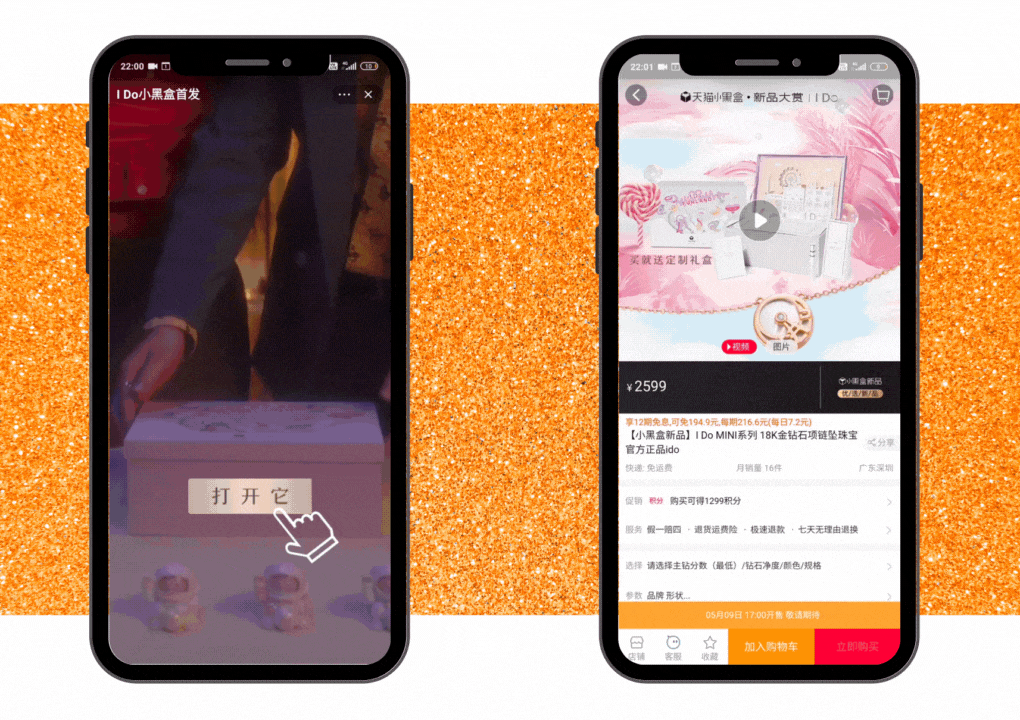
Further research also indicates that short-form video platforms like Douyin (TikTok) or Kuaishou have a high engagement rate among young urban residents. By creating visually appealing ads tailored towards these demographics on these platforms alongside localized content efforts will exponentially grow your business in China.
Creating visually attractive ads
Visual appeal is very important in catching the attention of the Chinese audience. High-quality visuals with a clear message can capture their interest more effectively than plain text ads. Additionally, incorporating video content into your advertising campaign can lead to better engagement rates among consumers.
Utilizing social media influencers and Key Opinion Leaders
Chinese consumers are more likely to buy products advertised by influencers, making KOL marketing a crucial part of any digital advertising strategy in China.
To successfully engage with KOLs, set clear metrics and KPIs such as total reach, sales conversion, and click before commencing campaigns. An example of this would be collaboration with a fashion blogger like Becky Li on WeChat, which has a large user base in China. Marketing experts suggest that virtual influencers (VIs) present significant opportunities for Western brands to increase their reach among Chinese consumers.

Emphasizing localization and adapting to regional preferences
Chinese consumers have unique cultural differences and varying consumer behavior patterns that must be taken into account for any brand looking to enter the market. Brands need to ensure their messages are culturally relevant and visually attractive while also considering local values and customs.
One example of effective localization is McDonald’s in China, where they offer menu items like taro pies and matcha ice cream that appeal specifically to Chinese tastes. Another example is Nike’s launch of a Chinese New Year-themed sneaker line that incorporated traditional Chinese elements, catering specifically to the holiday season in China. These examples show how understanding regional preferences can make or break a brand’s success in the Chinese market.
Leveraging emerging technologies like AI, AR, And VR in advertising campaigns
One of the most promising areas for innovation is the use of AI, AR, and VR in advertising campaigns. In China, this trend is already taking off thanks to successful examples like Gucci Town, Etsy Virtual House, and Nikeland.
AI-powered advertising allows companies to accurately target their ads based on customer data analysis. For example, Alibaba’s “Pay With Your Face” system uses facial recognition technology powered by AI algorithms to allow customers to pay with just a single scan. Meanwhile AR is being leveraged by brands such as PepsiCo allowing users interacting with virtual 3D objects as part of their marketing campaign.
As for VR marketing social media giant WeChat has launched its own version called Weixiao which creates an immersive experience in which users can interact with life-like characters.

Data Privacy Regulations
As a marketing manager, it’s important to be aware of the impact that data privacy regulations can have on your online advertising strategies. China has been taking steps to strengthen its consumer protection laws by implementing new data protection laws for online tracking and use of personal information. This means that companies must comply with the regulations or face penalties, which could result in significant losses.
To adapt to these changes, it may be necessary to adjust your approach when targeting Chinese audiences. For instance, utilizing closed-loop data systems like those commonly used in China can help you gain a better understanding of consumers’ needs and preferences while also remaining compliant with local laws. Additionally, leveraging channel-straddling media platforms such as WeChat and Weibo can help ensure your message reaches a broader audience while still conforming to local guidelines.
We can help you kick-start your advertising campaign in China!
China is the world’s biggest market for digital advertising. To start with, 70% of all ad spend in China goes towards digital channels. As urbanization and mass transportation continue to transform consumer behavior in the country, mobile shopping is becoming more prevalent than ever before.
Advertising in China is not easy, but we at GMA have an extensive knowledge and know-how in China advertising and we can advise you on the best strategy and platforms for your brand.

We’ve been working with foreign companies and international businesses wanting to advertise in China market, both online and traditional advertising and we know exactly what’s needed to succeed.
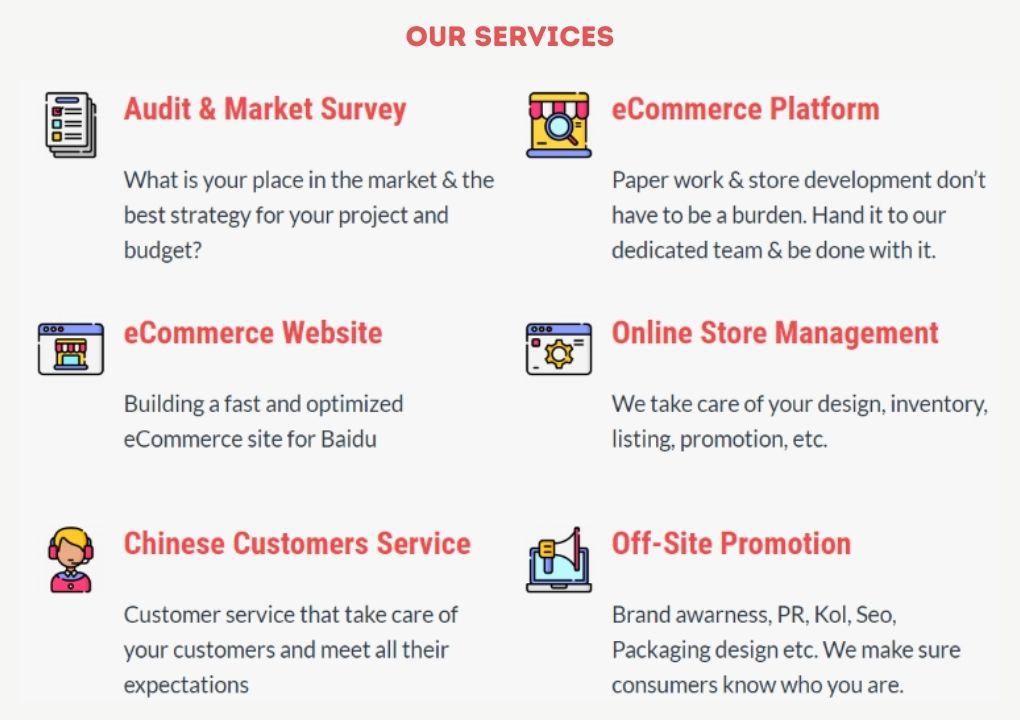
Don’t hesitate to leave us a comment or contact us, so that we can schedule a meeting with one of our experts, that will learn about your brand, and inform you about China’s digital ad spending, options for you, and solutions we can provide. Let’s keep in touch! We are one of the top digital marketing agencies in China!
